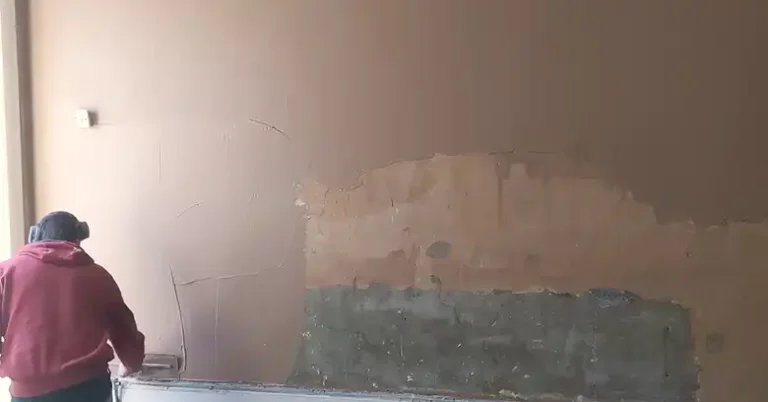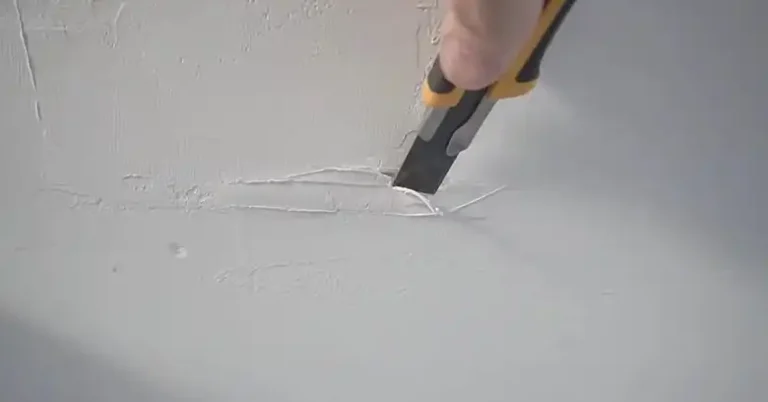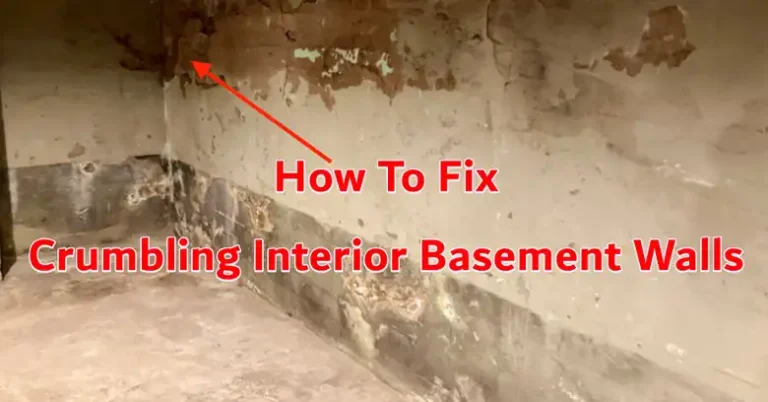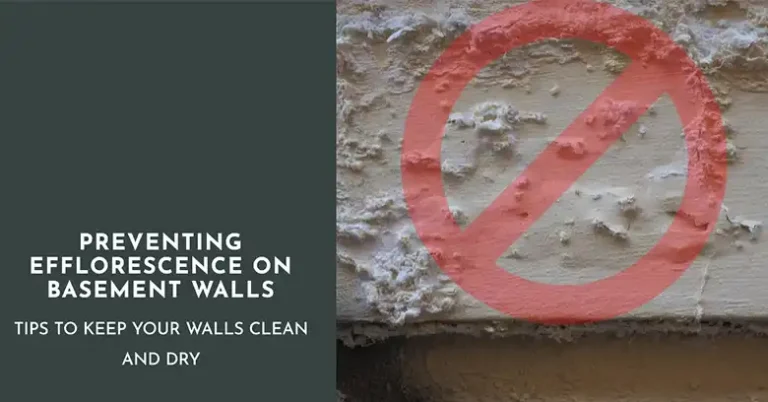Can I Use Drywall Primer on Painted Wood?
You’ve decided to give your painted wood surfaces a fresh coat of paint, but you’re unsure whether to use the drywall primer you have on hand.
While drywall primer can technically be applied to painted wood, it’s generally not the best choice. Using the wrong primer can lead to adhesion issues, staining problems, and an overall subpar finish.
In this article, we’ll explain the reasons why drywall primer isn’t ideal for painted wood and provide you with better alternatives and tips to ensure a long-lasting, professional-looking paint job.
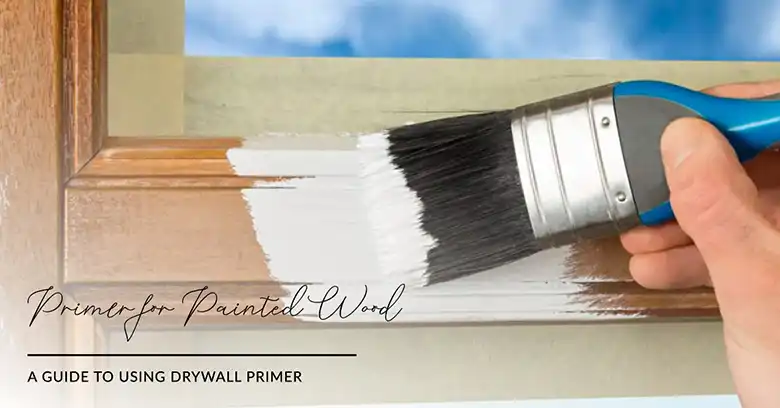
What’s Drywall Primer is Designed For
Before we dive into the specifics of using drywall primer on painted wood, let’s first understand what drywall primer is and what it’s designed for.
Drywall primer is a type of primer specifically formulated for use on new drywall surfaces. Its properties are tailored to the porous nature of drywall, allowing it to effectively seal and create a smooth base for paint application. However, drywall primer lacks certain characteristics that are essential for priming painted wood surfaces.
How Painted Wood Surfaces Differ from Drywalls
Painted wood surfaces differ from drywall in several ways. For one, wood is a natural material with varying degrees of porosity and grain patterns, depending on the type of wood. Additionally, painted wood surfaces already have an existing layer of paint, which can affect the adhesion and performance of the primer and subsequent topcoats.
Factors to consider when painting over painted wood include:
- The condition of the existing paint (peeling, flaking, or intact)
- The color change from the existing paint to the new color
- The level of surface preparation required (cleaning, sanding, etc.)
Why Drywall Primer Isn’t Ideal for Painted Wood
Now that we understand the basics of drywall primer and painted wood surfaces, let’s explore why using drywall primer on painted wood isn’t recommended.
1. Adhesion Issues
One of the primary concerns with using drywall primer on painted wood is poor adhesion. Drywall primer is formulated to bond with the porous surface of drywall, but it may not adhere properly to the existing paint on wood. This can lead to peeling, flaking, or even complete failure of the paint job over time.
2. Lower Hiding Power
Drywall primer often has a lower hiding power compared to primers designed specifically for wood surfaces. If you’re trying to cover a dark or contrasting color on painted wood, drywall primer may not effectively conceal it, requiring multiple coats of topcoat paint and increasing the overall cost and time of the project.
3. Tannin Acids in Wood
Wood contains natural tannin acids that can bleed through drywall primer and cause unsightly staining. This issue is particularly prevalent with certain types of wood, such as cedar or redwood, and can compromise the overall appearance of the paint job.
Alternatives to Drywall Primer for Painted Wood
Instead of using drywall primer on painted wood, consider these better-suited alternatives:
1. Universal Primers
Universal primers are designed to work on various surfaces, including painted wood, drywall, and plaster. They offer improved adhesion and compatibility with a wide range of surfaces, making them a safer bet for painted wood projects.
2. Stain-blocking Primers
If you’re dealing with existing stains or dark colors on the painted wood surface, a stain-blocking primer is an excellent choice. These primers have a high hiding power and can effectively cover and seal in stains, preventing them from bleeding through the topcoat.
3. Oil-based Primers
For glossy or slick painted wood surfaces, an oil-based primer can provide superior adhesion compared to drywall primer. Oil-based primers are particularly effective at gripping onto these types of surfaces, ensuring a long-lasting paint job.
4. Shellac-based Primers
If you’re working with bare or previously painted wood that has knots or sap bleed, a shellac-based primer is an ideal solution. These primers effectively seal in the tannins and resins that can cause staining, creating a stable base for your topcoat.
FAQs
Can I use drywall primer on exterior painted wood surfaces?
No, drywall primer is not formulated for outdoor use and will not withstand weathering and exposure to the elements. For exterior painted wood, use an exterior-grade primer designed for outdoor conditions.
Is it okay to use drywall primer for small touch-ups on painted wood?
While drywall primer can be used for minor touch-ups on painted wood, it’s not the ideal solution. It’s better to use a small amount of the same primer and paint that was originally used on the surface. If you don’t have access to the original products, a universal or stain-blocking primer would be a better choice.
Can I use drywall primer on pre-primed wood products like doors or trim?
No, it’s not recommended to use drywall primer on pre-primed wood products. These surfaces have already been treated with a specific primer designed to work with the wood and the intended topcoat. Using drywall primer can compromise the adhesion and performance of the subsequent paint or finish.
How do I know if my painted wood surface has tannin acids that could bleed through?
Certain types of wood, such as cedar, redwood, and oak, are more prone to tannin bleeding. If you’re unsure about the type of wood you’re working with, it’s best to assume tannins are present and use a stain-blocking primer to prevent potential bleed-through.
Final Words
While drywall primer can technically be used on painted wood surfaces in a pinch, it’s generally not the best choice for achieving a long-lasting, professional-looking paint job. The adhesion issues, lower hiding power, and potential for staining make drywall primer less than ideal for painted wood applications.
Instead, consider using a primer specifically designed for painted wood surfaces, such as a universal primer, stain-blocking primer, oil-based primer, or shellac-based primer. These alternatives are formulated to address the unique challenges of painted wood, ensuring proper adhesion, stain-blocking capabilities, and a smooth base for your topcoat.

